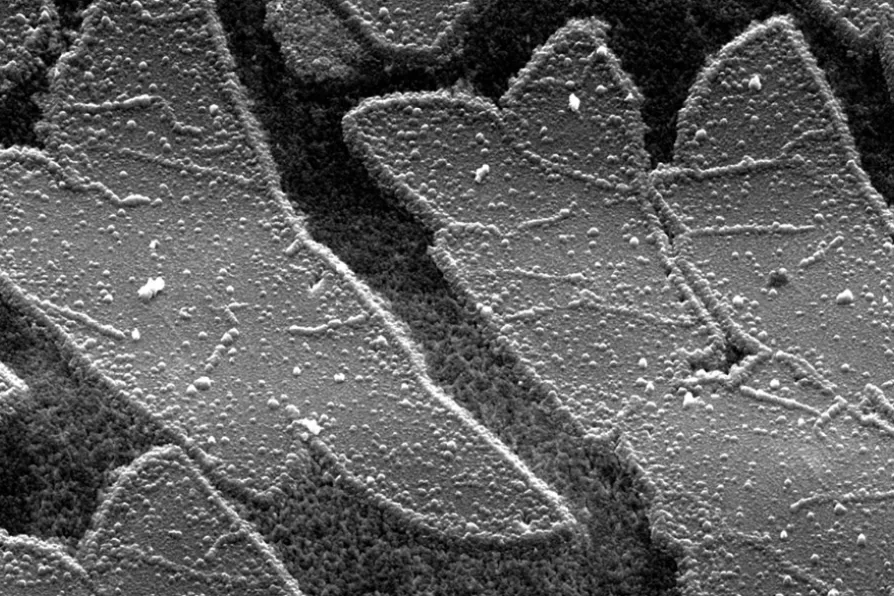Labour’s persistent failure to address its electorate’s salient concerns is behind the protest vote, asserts DIANE ABBOTT
2D or Not 2D: Crystals that open up New Dimensions
Scientists invent a deceptively simple way to build a helter-skelter of atoms

 These microscopic butterflies are one of the smallest, lightest and most expensive ones in the world as they partially consist of the novel one atom thick material graphene
[Maido Merisalu/Creative Commons]
These microscopic butterflies are one of the smallest, lightest and most expensive ones in the world as they partially consist of the novel one atom thick material graphene
[Maido Merisalu/Creative Commons]
EVERYTHING is made of atoms. To understand this, we’re asked to imagine that the smooth continuous materials around us are each made up of tiny lumps.
Rather than acting like little inert building bricks, each is humming with the energy of existing. Every atom is itself an immense void with even tinier positive and negative charged matter suspended in space, whizzing round each other and changing configuration to give the atom its own particular properties.
The dynamism of the charges moving around and interacting both inside the atom and outside of it defines the ways that charge and energy can move between them, through space, sometimes joining them together in configurations of molecules of infinite variety.
Similar stories

Fraud in Alzheimer’s research raises difficult questions about the current state of science, write ROX MIDDLETON, LIAM SHAW and MIRIAM GAUNTLETT

The new US administration’s policy decisions are already having seismic effects worldwide, argue ROX MIDDLETON, LIAM SHAW and MIRIAM GAUNTLETT

Rox Middleton, Liam Shaw and Miriam Gauntlett look at the history of lasers, from cat toys to modelling the explosion of stars

Genetic engineering to remove a structure from plant cells called the Golgi body sheds light on how leaves change with the seasons, write ROX MIDDLETON, LIAM SHAW and MIRIAM GAUNTLETT










